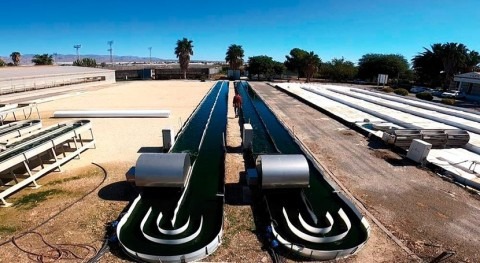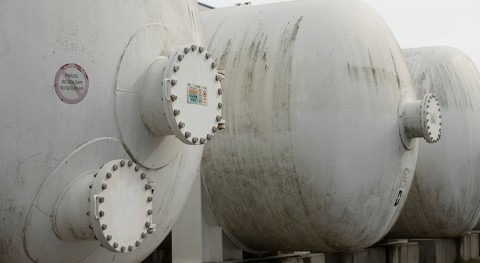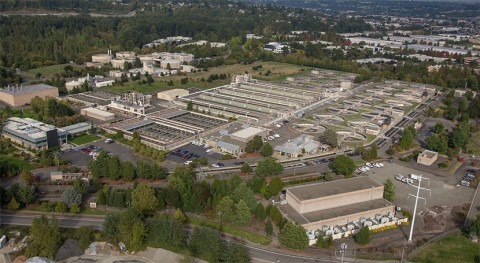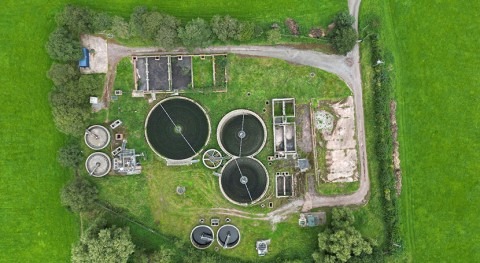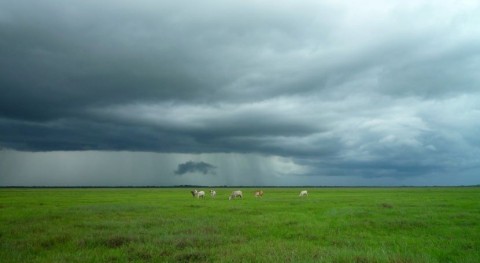Organisations today are faced with an unprecedented number of risks that impact their operations and business continuity. Climate change is one of these factors which has in recent times received an increasing amount of attention. Few organisations however are embedding climate resilience into their strategies and plans.
Whilst the adoption of sustainability strategies and decarbonisation solutions to mitigate negative contributions to the environment and consequently the climate has become more commonplace, far less is seen in terms of the adoption of measures that will safeguard people and operations from climate-related impacts.
To overcome this gap, frameworks and guidelines on the incorporation of climate risks into organisations’ strategies, plans and financial disclosures are slowly being adopted and even mandated through policy and industry standards. In this article, we hope to illustrate why many organisations are struggling to address climate risks effectively and how they can start doing so by embracing key enablers of digital innovations today.
What is keeping organisations from addressing climate risks?
There are various factors contributing to organisations not incorporating climate risks into their risk management portfolio, ranging from their geographic location and thus vulnerability to various climate-related impacts, to limited financial means, however, the most stated arguments are two-fold.
Firstly, many organisations simply do not know where to start their climate resilience journey due to the complexity and multiplicity of the topic, a lack of understanding of climate change, and the perception that they do not have the means to obtain the required insights.
In a world where technological advances and data are abundant, it is paramount to incorporate climate resilience into boardroom agendas
Secondly, climate risks have either not been on the agenda of most boardroom meetings or the focus has largely been on traditional disaster risk management. Yet this is a reactive approach, after an event has already caused physical damage to infrastructure and assets, disrupted operations and in some cases even claimed lives.
This is concerning given that our world is ever more interconnected, as became apparent in 2022 when heatwaves across Europe and China resulted in drought and low water levels, disrupting supply chains globally due to unnavigable waterways and food shortages (economic losses were estimated to be USD 22 bn in Europe and USD 7.6 bn in China). And it may only get worse as the first part of this year has seen the highest temperatures ever recorded in many countries and climate scientists are predicting that 2023 could be the hottest year on record with climate change attributed as a major factor.
In a world where technological advances and data sources are abundant, the aforementioned arguments thus indicate a lack of prioritisation rather than an inability to address climate risks. It is thus paramount for organisations to start incorporating strategic climate resilience into their boardroom agendas (Schiferli, Climate Change Risk & Resilience).
Digital enablers for enhanced climate resilience
Data, computing power and advanced analytics are key digital enablers that allow organisations of all forms and sizes to better prepare themselves against the potential impacts of climate change.
In today’s world, we generate a tremendous amount of data through advanced surveillance and monitoring technologies, personal devices and smart wearables. It is estimated that by 2025 there will be 175 billion terabytes of data in the global datasphere. So how can we leverage all this data to increase our understanding of climate-related events?
Satellite systems today already allow us to capture near real-time imagery at centimetre resolution, enabling us to better understand weather patterns and land use changes, detect crop health and map the onset and extent of extreme weather events such as floods. Given the extensive amount of satellite constellations, nearly every corner of our planet is regularly observed, charted and digitised. The resulting geographic information datasets are the foundation of nearly all numerical modelling systems to simulate the weather, traffic and supply chains.
If we add to this the real-time monitoring systems such as closed-circuit television (CCTV) cameras and smart devices, we are in turn able to calibrate and validate the predictive simulations we develop and improve the accuracy of risk assessments. Collecting and processing the data as well as carrying out the numerical simulations can demand considerable storage space and computing power. Generally, this relationship between computing power and performance is linear, and until recently the former has been available only in limited capacity or to those who could afford it.
Key enabling technologies allow us to transcend static scenario analyses to real-time operational monitoring and forecasting systems
That is no longer the case in today’s world, where our personal laptops and even tablets allow us to render high-resolution graphics at ease and process large amounts of data within an instant. The onset of parallel computing through the use of Graphics Processing Units (GPUs) overcomes the painstakingly long simulations scientists and engineers used to carry out on single-core machines. When even a single GPU today can carry out city-scale flood simulations at high-resolution, the possibilities of using massive parallel computing with GPUs seem endless.
For those unable to afford the CapEx investment in on-premise computing power, cloud and edge computing provides a cost-effective alternative, removing the burden of computing power from the user and placing it with the technology provider. As such, computing has come a long way and as we keep pushing the boundaries of what computers can do and inventing new types of calculating machines, we progressively increase our ability to process vast amounts of data and more so, derive better insights from such.
The last key digital enabler for enhanced climate resilience is advanced analytics, and more specifically machine and deep learning which continue to rapidly transform our ability to overcome complexities and inefficiencies in all aspects of science, technology and engineering. A most recent example is the use of large language models (LLMs) such as ChatGPT that allow for state-of-the-art performances in amongst others arithmetics and symbolic reasoning.
Integrating key enablers for success
In applying artificial intelligence (AI) and natural language processing (NLP) through open-source programming languages such as Python, combined with aforementioned relatively affordable cloud computing technologies or even the most basic laptop, nearly anyone is now able to transform large amounts of data into valuable risk insights. Examples can be found in the use of government-managed CCTV cameras for the detection and prediction of rainfall intensity as well as surface level flooding through computer vision technology, such as done by Hydroinformatics Institute (H2i) in Singapore, and the use of AI and NLP to monitor floods and wildfires by analysing public media data, for which FloodTags is paving the way.
Such applications are proof that integration of the key enabling technologies allows us to transcend traditional static scenario analyses to real-time operational monitoring and forecasting systems, and eventually Digital Twins of their operations.
Pathways to strategic climate resilience
Technology alone will not resolve all our concerns, there is no one-size-fits-all solution to address all the risks decision-makers are faced with today. Adopting strategic climate resilience into the boardroom agenda should be the first critical step for leaders and business owners to remove the increasing burden that climate risks pose on their organisations. Only a clear climate resilience strategy will allow organisations to truly reap the benefits of today’s key digital enablers.









